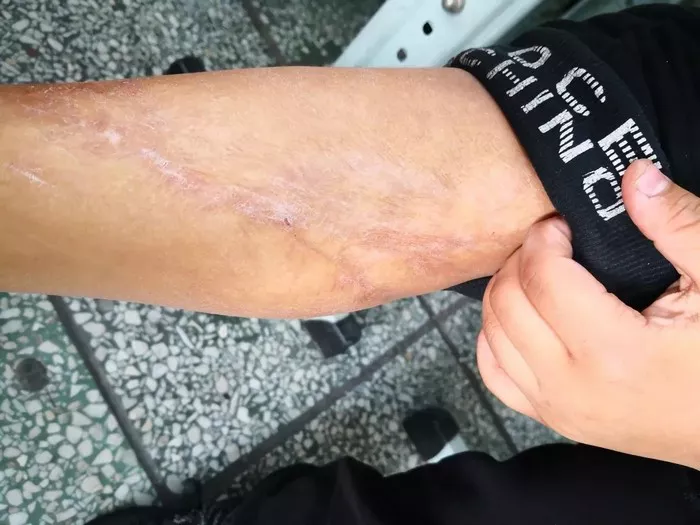In a groundbreaking development, scientists have unveiled a key piece of the puzzle in Parkinson’s disease research, potentially opening the door to innovative therapies for the neurodegenerative condition. The discovery, which sheds light on the PINK1 protein’s role in Parkinson’s, could lead to new drugs aimed at slowing or even halting the disease’s progression.
For decades, researchers have known that mutations in the PINK1 gene are linked to Parkinson’s, the world’s fastest-growing neurodegenerative disorder. However, until now, the precise mechanism behind PINK1’s involvement in the disease remained elusive. Experts were unable to visualize how PINK1 interacts with mitochondria—the cell’s powerhouses—and how it is activated in response to cellular damage.
This breakthrough comes from a team of researchers at the Walter and Eliza Hall Institute and the Parkinson’s Disease Research Centre in Australia. Their findings, published in Science, reveal for the first time the structure of the PINK1 protein and its binding process to damaged mitochondria, which are critical to understanding the disease’s onset and progression.
Parkinson’s disease, which affects approximately 153,000 people in the UK alone, is notoriously difficult to diagnose and can take years or even decades to confirm. Symptoms, which range from tremors and cognitive impairments to speech difficulties and vision problems, often emerge gradually. Despite current treatments that manage symptoms, no cure exists.
One of Parkinson’s most damaging effects is the death of brain cells. Unlike other cells in the body, brain cells have a low rate of regeneration, making them particularly vulnerable to the toxic build-up caused by damaged mitochondria. Normally, cells would dispose of these damaged mitochondria through a process known as mitophagy. However, in Parkinson’s patients with a PINK1 mutation, this process fails, leading to the accumulation of toxins and ultimately, cell death.
The researchers have now revealed how PINK1 detects mitochondrial damage, attaches to the damaged mitochondria, and recruits another protein called Parkin to help clear the damaged cells. “This is a monumental step for Parkinson’s research,” said Professor David Komander, the corresponding author of the study. “For the first time, we can see how PINK1 binds to mitochondria, and this knowledge opens new avenues for drug development.”
Lead author Dr. Sylvie Callegari highlighted that the PINK1 protein works in four distinct stages, two of which have never been seen before. “This discovery provides a wealth of new information on how PINK1 operates, which could be key to developing therapies to prevent the progression of Parkinson’s,” she said.
The findings have sparked excitement in the scientific community, with experts suggesting that targeting PINK1 could lead to breakthrough drug therapies for Parkinson’s patients. Dr. Richard Ellis, a consultant neurologist, emphasized the significance of the discovery, stating, “These observations could lead to the development of novel strategies to slow Parkinson’s disease progression.”
Research scientists are now optimistic that this newfound understanding of PINK1 will accelerate drug discovery, not only for Parkinson’s but also for other neurodegenerative diseases that share similar pathways. Dr. Zhi Yao from Life Arc explained, “A deeper understanding of these mechanisms could revolutionize the approach to drug development for neurodegenerative diseases.”
Becky Jones, research communications manager at Parkinson’s UK, added, “We have long known that PINK1 mutations are linked to Parkinson’s, and this research provides critical insights into how these mutations damage dopamine-producing brain cells. It’s a hopeful step forward in the search for treatments that could slow or even stop the disease’s progression.”
As the fastest-growing neurological condition worldwide, Parkinson’s continues to pose significant challenges to both patients and researchers. This breakthrough could offer a new path toward effective treatments, offering hope to millions affected by the disease.
Related Topics
































